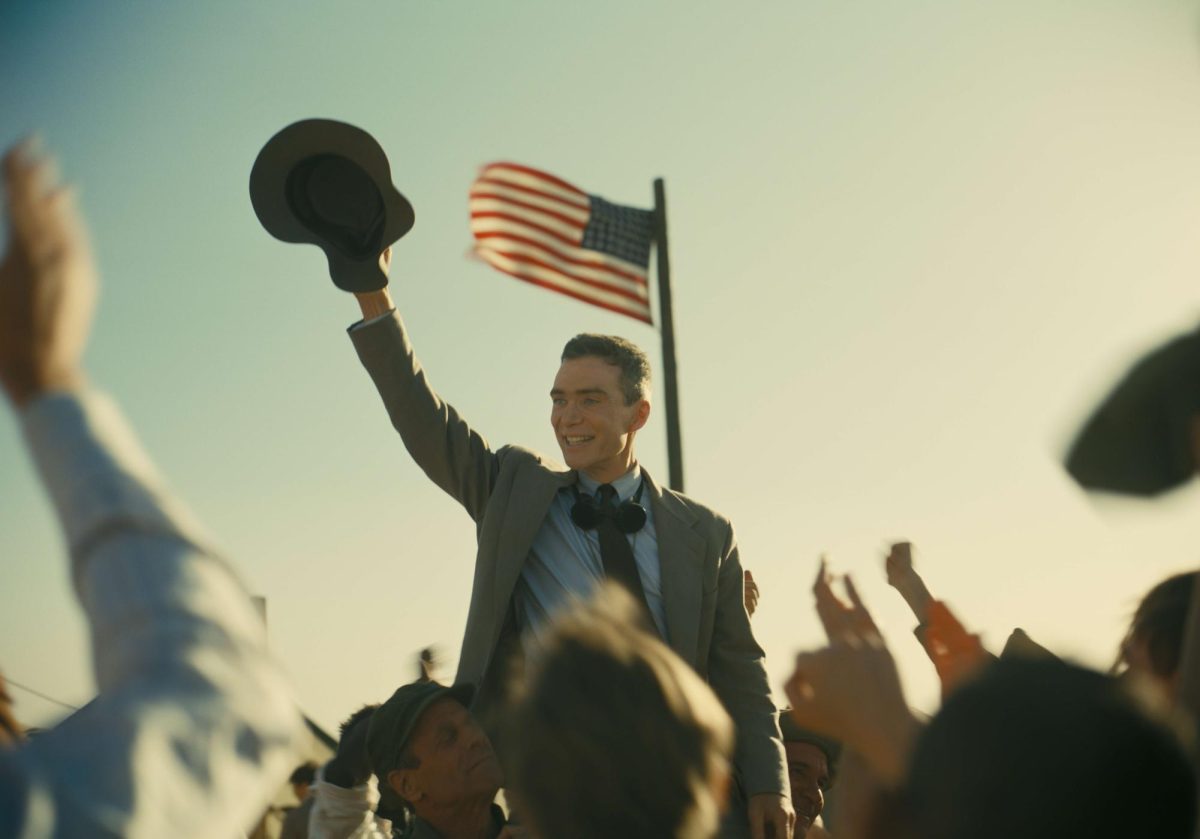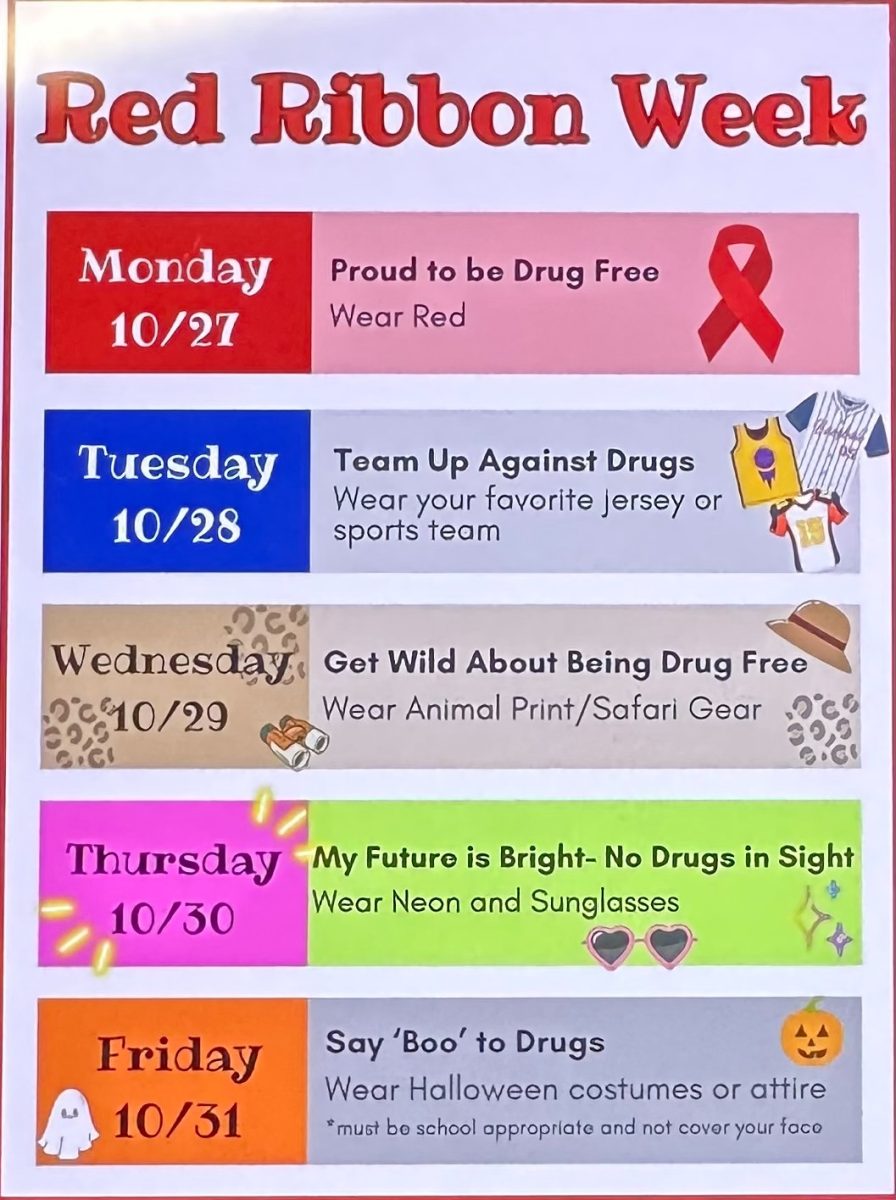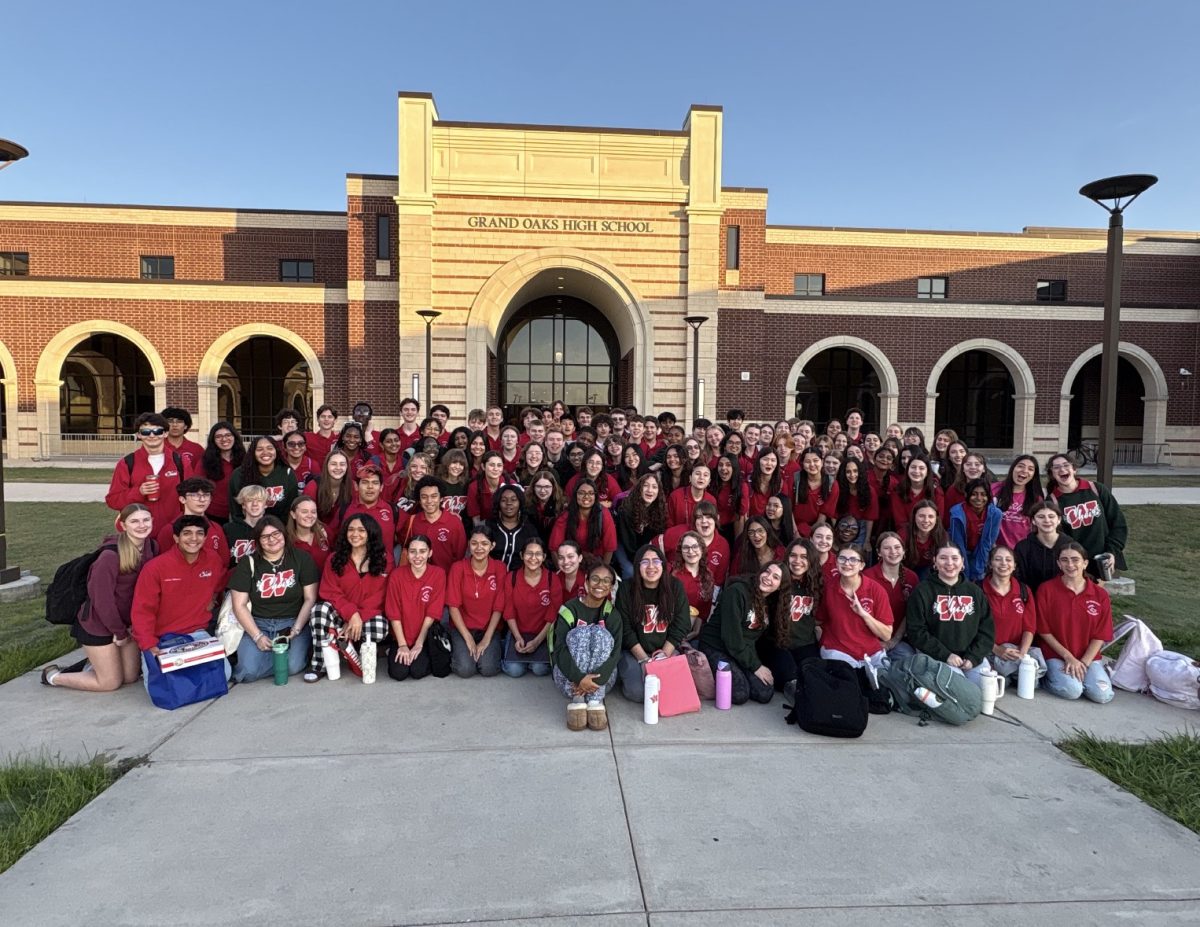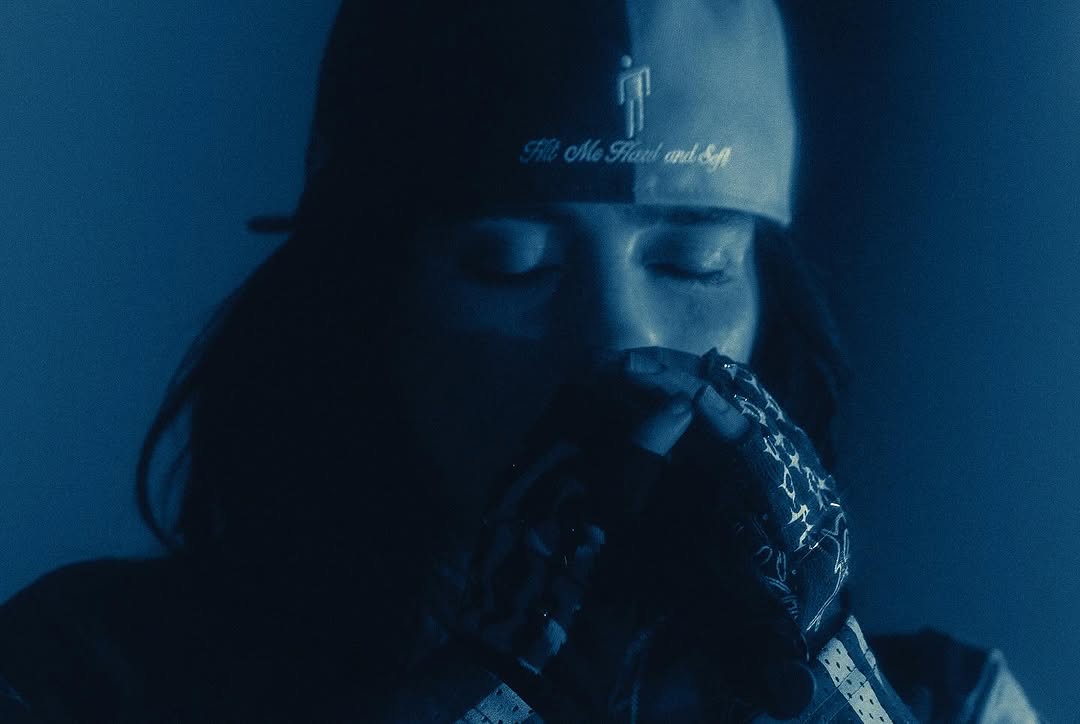“Oppenheimer,” the breathtaking film by Christopher Nolan masterfully transports audiences through unique cinematic experiences.
During World War II, physicist J. Robert Oppenheimer (Cillian Murphy) is assigned by Lieutenant General Leslie Groves Jr. (Matt Damon) to work on the top-secret Manhattan Project and develop a weapon that would change the course of history forever.
“Oppenheimer” premiered July 20th, 2023. With the film playing in 3,610 locations, the biopic earned $33 million on opening day. Nolan’s film has now set the box office record for the highest World War ll film with $500 million. “Oppenheimer” is estimated to earn $900M.
Nolan’s film used some of cinematography’s most amazing aspects.
First off there is the amazing cast made up of A-list actors such as Cillian Murphy, Robert Downey Jr, Emily Blunt, Matt Damon, Rami Malek, and more.
The lead actor Cillian Murphy has played a wide variety of roles, from a goofy film buff in “ Watching the Detectives”, to a feared gang leader in “ Peaky Blinders”. The way his icy blue eyes look through your soul throughout the entire movie helps make you feel like you are living each moment of the film.
His co-star, Robert Downey Jr is known worldwide for his role in the Marvel cinematic universe as Iron Man. In “ Oppenheimer” you get to step back and not just see RDJ for that role, but rather see the incredible actor he is as a person. At first glance, you can’t even tell it’s him.
Christopher Nolan could not have cast a more talented actor for this monumental role of the “Father of the Atomic Bomb”.
As for the story, the film is set during two timelines.“ Fission” and “ Fusion”. “Fission” is J Robert Oppenheimer’s subjective viewpoint and filmed in color. “Fusion” is a more objective view of Oppenheimer from the viewpoint of Lewis Strauss and was filmed in black and white. Even though it can be confusing for some people, the contrast between the two timelines acts almost like a connector that makes you jump from feeling like you are in the room with Oppenheimer and when you are with Strauss. The link between the opening scene of raindrops and the ending scene of bombs wraps up the film with a heart-stopping line.
The 70mm black and white film was created especially for this movie. During special days, with each ticket for a 70mm screen, you could receive a part of the movie’s film strip.
When watching “ Oppenheimer” in different formats such as IMAX, 35mm, and DCP; it is easier for the audience to focus on and on the film. On the other hand, the 70mm screen stretches almost wall to wall, floor to ceiling. It is a life that gives experience and you leave the theater numb from the shock.
Each time you re-watch the film you see the different layers of the film: first the acting, next the music, the lighting/ camera angles, and lastly the jokes.
Along with all the excitement, Christopher Nolan used his signature move to use all practical effects and no CGI, even the explosion came from real life with a combination of gasoline, propane, aluminum powder, and magnesium. “Oppenheimer ” took 57 days to film, and was shot using the real-life locations of each event such as Oppenheimer’s House, but the town of Los Alamos was reconstructed because it is now fully developed.
In addition, the symphonic score of the film was composed by Ludwig Göransson. With a focus on the violin and the vast tempo changes, the soundtrack elevates the audience on a transcending journey. It brilliantly complements the action, highlighting the emotional tenderness and enhancing the heart-pounding scenes. It makes every situation feel like you are watching the most important scene of your life. Overall audiences have left the auditorium devastated and changed over this impactful event in history while reflecting on the humanity of the man behind the bomb. Awards and Oscar nominations should be expected as this film is one of the most amazing masterpieces of our generation.









